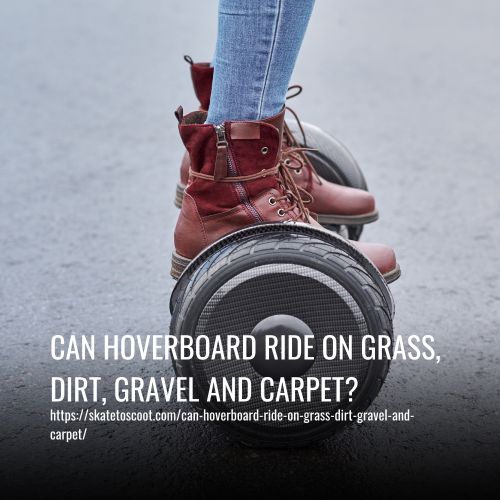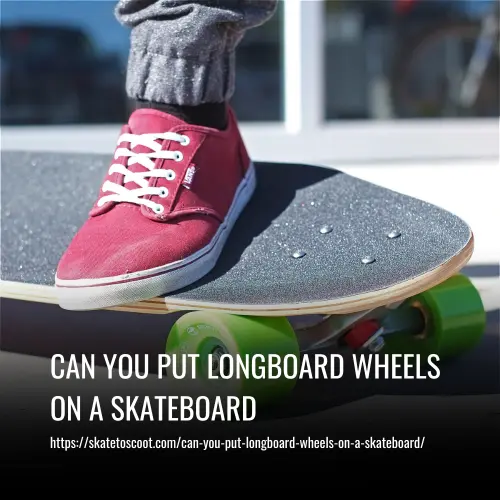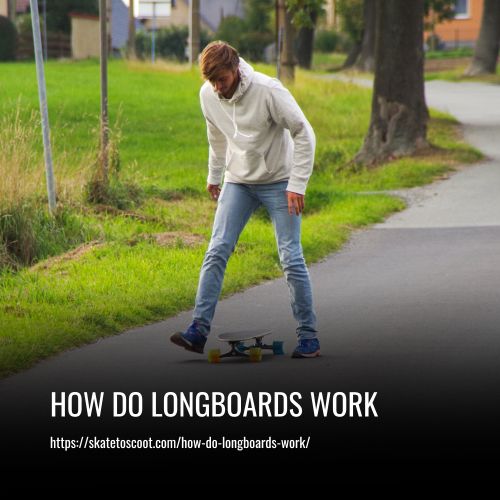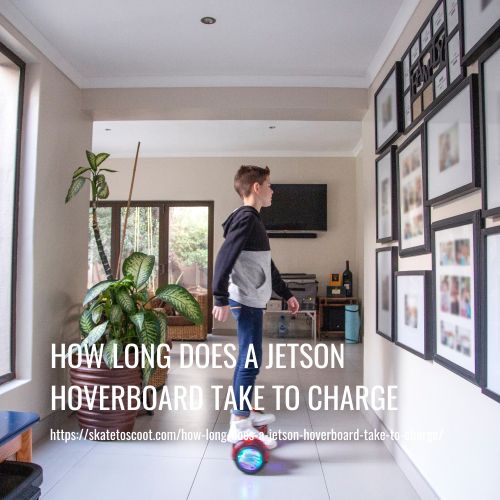As an Amazon Associate we earn from qualifying purchases.
Hoverboards can ride on various terrains such as grass, dirt, gravel, and carpet. Unlike regular hoverboards that are limited to smooth pavement, all-terrain hoverboards typically have larger tires, a powerful motor, and better battery life. They are designed to ride on rough surfaces such as dirt roads, wet grass, and uneven terrains while providing a smooth and enjoyable riding experience.
Additionally, some models come with features like protection against water and Bluetooth connectivity for added convenience. Overall, it’s important to consider the weight capacity, wheel size, tire material, and motor power when choosing a hoverboard for off-road or rough-rrain riding.

Can Hoverboard Ride On Grass?
Hoverboards with a standard 6.5-inch tire size may struggle to ride on grass due to uneven terrain and lack of traction. A hoverboard with a tire size of 8.5 inches or more is recommended for smoother and more stable rides on grass or any rough terrain like dirt and gravel. The larger tires provide better grip and allow for easier navigation on such surfaces. Additionally, a powerful motor, battery life, and weight capacity are important factors to consider for a smoother and more enjoyable riding experience on rough and uneven surfaces.
Can Hoverboard Ride On Dirt?
Hoverboards can ride on dirt, but it is important to note that they require a larger tire size of 8.5 inches or more. Standard hoverboards with 6.5-inch tires are better suited for smooth surfaces like sidewalks and pavement. When using a hoverboard on dirt, it is also important to consider factors such as weight capacity, battery life, and motor power to ensure a smooth ride.
Can Hoverboard Ride On Gravel?
Hoverboards can ride on gravel, but it is recommended to use hoverboards with a tire size of 8.5 inches or bigger to withstand rough terrain. Using a standard hoverboard with a tire size of 6.5 inches may cause difficulty and instability while riding on gravel.
Can Hoverboard Ride On Carpet?
When it comes to riding a hoverboard on a carpet, there are a few things to keep in mind. The thickness of the carpet can affect the responsiveness of the board, so riders may need to adjust their riding style accordingly. Leaning slowly is necessary to maintain control and avoid falls. Overall, it takes skill and patience to master riding a hoverboard on a carpet.
Where to ride my hoverboard
When you’re ready to explore with your hoverboard, keep these tips in mind to ensure a smooth ride. Hoverboards work best on smooth and even surfaces, so avoid steep hills and rugged terrains such as tall grass, gravel, and sand that can get stuck in the wheels and impede movement. Stay away from water, which can cause electrical malfunctions and safety issues.
To maximize your hoverboard experience, ride in wide, open spaces that are free from obstacles. Indoor riding should avoid delicate floor surfaces and carpeting that are susceptible to scratching. Also, be community-minded and follow local traffic laws when riding outdoors while being mindful of other pedestrians and vehicles. By following these guidelines, you can chart a course that’s friendly to your hoverboard and will provide an exciting and safe ride.
An Industry Standard for Hoverboards
Hoverboards have become a popular mode of transportation for leisure riders who enjoy smooth pavement riding. These standard hoverboards are ideal for those who want to explore and stay active. However, they are limited to just smooth surfaces and are not suitable for rough terrains like tall grass or gravel. If you are only looking for a smooth ride, then a standard hoverboard is a decent option for you.
But if you seek more adventurous rides and want a hoverboard that can tackle rough terrain and carry heavy loads while still providing a smooth ride, then all-terrain hoverboards or off-road hoverboards are the perfect option for you. These hoverboards, such as the Swagboard Outlaw T6, are specially designed to handle uneven pavements, and outdoor trails, and carry heavy loads, with a weight capacity of 420 pounds. The Swagboard Outlaw T6 was the first hoverboard with 10-inch wheels, perfect for riding on gravel, grass, or dirt. Choose an all-terrain hoverboard if you seek a fun-filled and adventurous riding experience.
Factors That Affect Hoverboard Performance On Off-Road Surfaces
When it comes to hoverboards, not all boards are created equal. Some are designed for smoother surfaces like roads and sidewalks, while others are designed to handle rough terrain like dirt roads or gravel paths. All-terrain hoverboards are built specifically for these types of surfaces and come equipped with larger tires and more powerful motors than regular hoverboards.
If you’re considering riding your hoverboard on off-road surfaces like grass, dirt, or gravel, there are a few factors to keep in mind. First, be sure to check the weight limit and motor power of your hoverboard to ensure that it can handle rough terrain. Additionally, consider the size and material of your tires, as air-filled tires or larger plastic tires may perform better on uneven terrain.
1. Wheel Size:
The size of the wheels on your hoverboard determines the type of surfaces you can ride on. Regular hoverboards usually have 6.5” wheels, which are designed for smooth surfaces and roads. Meanwhile, off-road hoverboards come with bigger wheels, starting at 8.5” or more which enables it to traverse rough terrain surfaces.
Larger wheels enable smoother rides on surfaces like grass, dirt, gravel, and carpet. They can also easily roll over rocks or other obstacles without getting stuck. So, it’s important to keep wheel size in mind when deciding the type of hoverboard you need.
2. Tires:
The type of tires on a hoverboard is a crucial factor in determining its compatibility with various surfaces like grass, gravel, dirt, and wet terrain. The hoverboard’s wheel size governs the toughness of the tire, wherein larger than 8.5″ wheels typically have rugged all-terrain tires. Consequently, smaller wheels fit tires suitable for use on conventional surfaces, are smoother, and have a smaller tread.
Hoverboard tires with heavy treads and a substantial surface area offer better grip and traction on challenging terrains and wet conditions, while thinner treads make them less suitable for off-road surfaces like dirt and gravel. Furthermore, some hoverboards have air-filled tires with replaceable inner tubes, while some models come with puncture-proof tires, making them less susceptible to damage due to sharp stones, broken glass, and even barbed wire.
3. Motors:
Hoverboards are powered by motors that are located on the wheels. The strength of the motor determines the capability of the hoverboard to navigate through challenging surfaces such as gravel, dirt, or grass. These terrains are often uneven with bumps, slopes, and inclines, making them difficult to ride on. A hoverboard equipped with a powerful motor can overcome these obstacles with ease, providing better traction, braking power, and the ability to ride on inclines. For steep inclines and uneven terrain, opt for a hoverboard that has dual motors that range from 300 W to 400 W.
4. Size of the Gravel:
When riding an off-road hoverboard, the size of the gravel matters. While small particles can help with movement, larger ones can pose a problem. They can cause loss of balance or skid, making it important to check the size before embarking on a ride.
5. Quality:
The quality of a hoverboard is determined by various features such as motor power, battery life, weight capacity, and tire material. These features determine the durability and performance of the hoverboard. Plastic and metal are commonly used materials for building hoverboard parts. Choosing a hoverboard with high-quality parts is essential for ensuring its longevity and your safety while riding.
6. Weight Capacity:
When it comes to hoverboards, weight capacity should be an important factor to consider before making a purchase. Unlike some products with fixed weight limits, hoverboards could vary. To ensure safety and a smooth ride, it is advisable to choose a balancing hoverboard that can accommodate your weight without crossing the weight limit.
7. Rider Skill:
Mastering rider skills is crucial when it comes to riding off-road hoverboards. It takes practice and experience to navigate rough terrain, gravel, and even wet grass. As a first-timer, you should avoid overestimating your ability to ride hoverboards on rough surfaces without proper training.
8. Battery Life:
The battery life of your hoverboard is an important consideration. Generally, all-terrain hoverboards require 1-2 hours of charging time. However, if you plan to ride your hoverboard on grass, gravel, or carpet, be aware that this can cause a quick drop in the battery life, which can be problematic.
Dust and water protection for hoverboards
When taking your hoverboard off the smooth surface and onto dirt, gravel, or grassy terrain, it’s essential to ensure your board can withstand any damage it might incur. To keep it protected, check for a hoverboard with an IPX4 rating or higher, indicating the level of protection against water and dust. A durable casing is also necessary to shield internal components from impact and prevent damage from falls and debris. Remember, preventing harm to your hoverboard prolongs the life of your device and ensures its longevity for future rides.
FAQs
To have a smooth and enjoyable riding experience on grassy surfaces, it is recommended to use an off-road hoverboard with a tire size of 8.5 inches or more. The best hoverboards for this activity should have a powerful motor, long battery life, and a good grip to conquer the rough and uneven terrain.
Hoverboards can be ridden on carpets, but the type of carpet and the quality of the hoverboard can affect the riding experience. It is important to note that a high-pile carpet is the most suitable for hoverboard riding as it provides less friction. Before riding on a carpet, it is recommended to check the manufacturer’s instructions and ensure that the hoverboard is suitable for indoor use and has adequate safety features.
Yes, hoverboards can ride uphill with ease. The incline-assist system present in the hoverboards allows for a smooth ride while going uphill without any exertion. Additionally, it also allows for controlled speed while going downhill, maintaining the safety of the rider.
It is safe to ride off-road hoverboards on rough surfaces like grass, gravel, or dirt as they are specifically designed for that purpose. Riding on these surfaces won’t affect the motor and it is safe for the hoverboard’s operation.
When it comes to riding a hoverboard on grass or gravel, the battery life of the device is usually not impacted. However, it is important to choose a hoverboard with a long battery life to ensure a sustained and uninterrupted ride. Opting for a hoverboard with a powerful battery will allow you to enjoy your ride on grass or gravel for a longer period.
Conclusion:
This article has provided valuable information about hoverboards and their ability to ride on various terrains. Whether it’s grass, dirt, gravel, or carpet, hoverboards can be used on all these surfaces with certain types of hoverboards being more suitable for off-road riding.
Readers can use this information to make an informed decision when purchasing a hoverboard based on their specific needs and preferences. It is important to consider factors such as motor power, wheel size, weight capacity, and battery life when choosing a hoverboard for a particular terrain. By doing so, riders can enjoy a smooth and safe riding experience on their hoverboards.
Amazon and the Amazon logo are trademarks of Amazon.com, Inc, or its affiliates.



